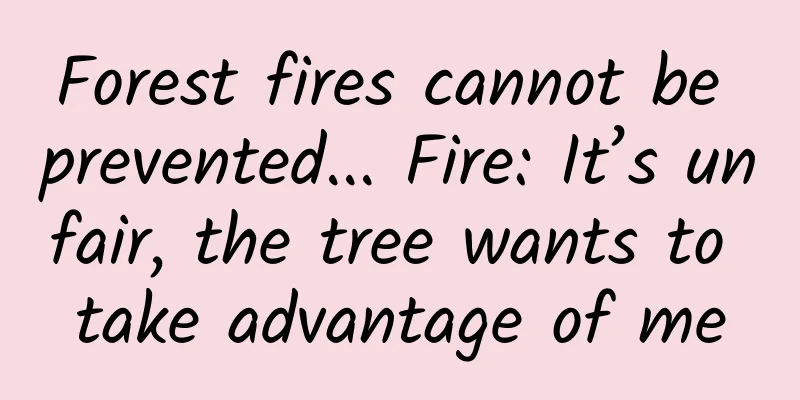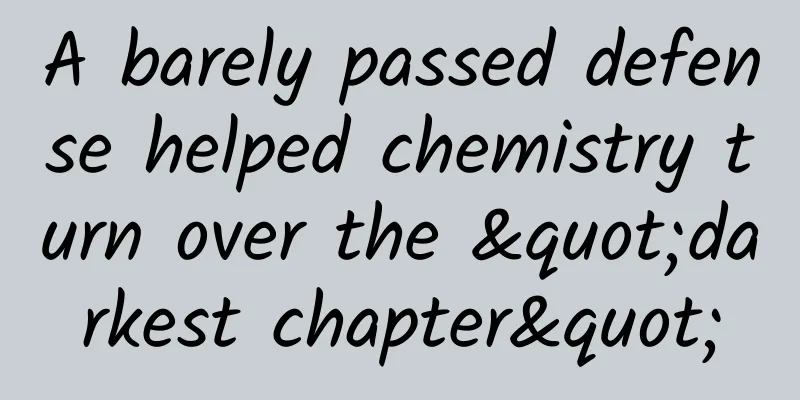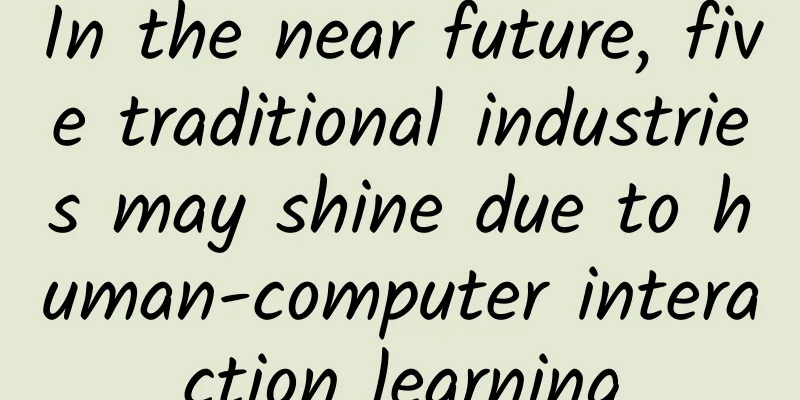Farewell to 93#, the National V Standard will be implemented nationwide from January 1 next year

|
Eleven cities including Beijing, Shanghai and Guangzhou have been implementing the National V emission standard for more than half a year. It is reported that the National V emission standard will be fully implemented nationwide from January 1, 2017, and 93# and 97# gasoline will then go down in history. - National V National V is the "National Fifth Stage Motor Vehicle Pollutant Emission Standard", which requires the particle emission limit to be below 0.0045g/km (National IV is 0.025-0.060g/km), and also reduces the content of CO (carbon monoxide), HC+NOx (hydrocarbons and nitrogen oxides) and other gases in the exhaust. Taking Shanghai as an example, based on the total number of registered vehicles last year of about 350,000, it is estimated that the annual increase in vehicles can reduce the annual emission of nitrogen oxides by about 1,000 tons. - No more 93# and 97# In fact, National V has been in place for more than half a year in 11 provinces and cities, including Beijing, Shanghai, and Guangzhou. Since its implementation on April 1, 2016, only new cars that meet the National V emission standard can be licensed in these cities. The fuel in cities that implement National V has changed from 93# and 97# to 92# and 95#, and some cities still have 98# fuel. After the implementation of National V nationwide on January 1, 2017, it also means that 93# and 97# gasoline will be recorded in history. -What changes will there be when 93# and 97# become 92# and 95#? Changes in gasoline composition Reduced sulfur content: Improve the ability of automobile exhaust purification systems and reduce pollutant emissions. National IV 50mg/kg, National V 10mg/kg. The reduction of olefin content can reduce the formation of engine carbon deposits. National IV 28%, National V 24%. The limit of manganese content is reduced, which reduces carbon deposition and PM2.5 emissions. National IV 8mg/L, National V 2mg/L. In general, National V has stricter control over harmful substances in gasoline, but users cannot feel this change. There are two things that users can feel: ① Slight price increase According to the cities that have already switched to National V gasoline, the price will increase slightly when the change is made, but the increase will not be too large, around 0.1-0.2 yuan. ②Fuel consumption will increase slightly As early as when Beijing changed its gasoline standards, we actually tested that the new standard gasoline (92#, 95#) had slightly higher actual fuel consumption than the old standard gasoline (93#, 97#), about 0.4-1.0 liters/100 kilometers higher. - Will buying a car also be affected? You need to add an extra consideration when buying a car, because most parts of the country are still selling models that meet the National IV emission standards, and after the implementation of National V nationwide, these National IV vehicles will not be able to be registered and licensed. Just like the comprehensive upgrade of emission standards in the past, during the handover period before the new policy is implemented, dealers will sell both National IV and National V vehicles at the same time, so when buying a car, you must be aware of the emission standards. The final price will be different. For example, the discount and base price of National IV vehicles may be lower, because the improvement of emission standards will increase the manufacturer's production costs, which will eventually be added to the user's expenses. However, it is difficult to evaluate whether it is cost-effective, because National IV is not easy to relocate and transfer, and the residual value and sales of used cars in the future will also be affected. - Used car market After the full implementation of the National V emission standards across the country, National IV vehicle models can no longer be transferred to other cities and can only be transferred locally as used cars, which will affect the liquidity of used cars to a certain extent. - Now that National V is here, is National VI still far away? The improvement of emission standards has put great pressure on the R&D cycle of automakers. Generally speaking, if they want to meet the National VI emission standards, they need to not only upgrade the engine technology, but also modify the exhaust purification device. The average R&D cycle of automakers is about two years, and National VI will be implemented in stages in 2020, which is very tight in terms of time. Beijing, and even the entire Beijing-Tianjin-Hebei region, may start implementing National VI as early as December 2017. - What is National VI? According to the draft opinion released by the Ministry of Environmental Protection, without considering the impact of test conditions and test procedures, compared with the National V emission standard limits, the National VI CO (carbon monoxide) emission limit is tightened by 50%, the THC (total hydrocarbons) and NMHC (non-methane total hydrocarbons) emission limits are reduced by 50%, and the NOx (nitrogen oxides) emission limit is tightened by 42%. Compared with the National V standard, the National VI is more than 50% stricter overall. The new emission standards are not only stricter in terms of pollutant emission limits, but also increase the control requirements for pollutants in the refueling process and the test requirements for hybrid electric vehicles. The National VI standard continues the European standard system in terms of framework structure, while coordinating the content of global technical regulations, namely, adopting the WLTC (World Light Vehicle Test Cycle) operating conditions. In addition, it also introduces advanced experience in evaporative emissions, refueling emissions and OBD (on-board diagnostic system) supervision in US standards, and innovatively forms emission standards that conform to China's actual conditions. Many people jokingly describe National VI as my country's "strictest emission standard in history." - Summary: In fact, whether it is the upcoming National V emission standard or the future "toughest" National VI emission standard, they are all aimed at improving our environment. After all, environmental pollution is still quite serious in my country in recent years. In order to reduce environmental pollution, the government has also thought of many ways to upgrade automobile emission standards. Although it has brought some minor troubles to some car companies and car owners, it is also a contribution to improving the environment. As a winner of Toutiao's Qingyun Plan and Baijiahao's Bai+ Plan, the 2019 Baidu Digital Author of the Year, the Baijiahao's Most Popular Author in the Technology Field, the 2019 Sogou Technology and Culture Author, and the 2021 Baijiahao Quarterly Influential Creator, he has won many awards, including the 2013 Sohu Best Industry Media Person, the 2015 China New Media Entrepreneurship Competition Beijing Third Place, the 2015 Guangmang Experience Award, the 2015 China New Media Entrepreneurship Competition Finals Third Place, and the 2018 Baidu Dynamic Annual Powerful Celebrity. |
<<: In the name of AI: Can Nvidia really rest easy with its skyrocketing stock price?
>>: Lexus 2017 new plans for facelifted NX/IS/CT
Recommend
Who will these new energy and Internet cars be sold to?
The automotive industry has always been a place f...
Attract 150,000 fans in 10 days with 0 cost. It turns out that the AARRR model can be used in this way!
After reading many articles about the AARRR model...
Master these magical features of Safari browser, and you can uninstall other browsers
Apple's native software has always been excel...
Massive advertising and account establishment
What do you need to know to interpret and deploy ...
Tesla was beaten by BYD, and its net profit fell by 44%. Musk rarely admitted his mistakes.
Tesla recently released its third-quarter financi...
10 ways to ensure your app passes Apple review!
Recently, Apple listed the ten sins on its develo...
OKR "Organizational Agile Goals and Performance Management" helps you understand OKR
Training course content: When it comes to OKR, yo...
WeChat, QQ, Taobao, Alipay, Xiaomi... Here is a guide to 2018 Spring Festival red envelopes
As the 2018 Spring Festival approaches, the "...
The cold winter for domestic mobile phones is coming: Android is the key to success or failure?
While 360, LeTV, Gree, Meitu, Li Yang and many ce...
Electric Technology Car News: Yundou's surprising move in the fiercely competitive electric vehicle industry, can the π1 make it stand out?
Although Yuntu Automobile was officially launched...
26% of users switch from iOS to Android during the season change, but experts believe Apple doesn't care
The lawsuit between Epic Games and Apple is still...
China will launch the "Einstein Probe Satellite" to survey and locate black holes in the universe
Recently, the Chinese Academy of Sciences announc...
All the free promotion methods and techniques for the Android App Market are here!
The matter began with a platform turnover statist...
This guy moved, and 20 million people watched! What happened?
16th, Hangzhou, Zhejiang A body about 3 meters lo...
The Essential Guide to App Store ASO: 3 Steps to ASO Optimization
ASO provides free, high-quality users to your And...









